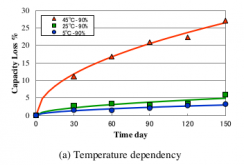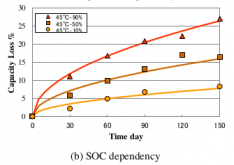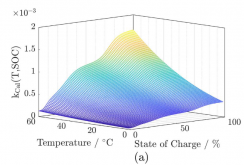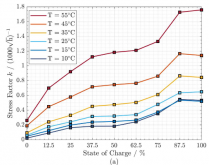Lately I've been looking into chargers (broadly) and its exposed how shallow my knowledge of charging is.
I know a wall of questions leads to non-answers, please answer 1 or 2 if you can.
1) Is floating at a high state of charge meaningfully worse than resting at a high state of charge. Lets use 3.4 as an example.
2) Is float charging technically just constant voltage charging at a voltage below the max charge voltage?
3) Is there anything actually wrong with applying constant pressure (voltage) to a cell, or is the reason we recommend disconnecting from the charge source once the battery is full related more to holding it at full SOC or at high voltage. For instance, would it be harmful for a cell to be held indefinitely at say 3.35.
4. Overvoltage and undervoltage are bad. But are they bad because they are bad, or because they are a proxy for SOC and over and under SOC are what is really bad?
EDIT: for clarification, LiFePO4 battery chemistry
I know a wall of questions leads to non-answers, please answer 1 or 2 if you can.
1) Is floating at a high state of charge meaningfully worse than resting at a high state of charge. Lets use 3.4 as an example.
2) Is float charging technically just constant voltage charging at a voltage below the max charge voltage?
3) Is there anything actually wrong with applying constant pressure (voltage) to a cell, or is the reason we recommend disconnecting from the charge source once the battery is full related more to holding it at full SOC or at high voltage. For instance, would it be harmful for a cell to be held indefinitely at say 3.35.
4. Overvoltage and undervoltage are bad. But are they bad because they are bad, or because they are a proxy for SOC and over and under SOC are what is really bad?
EDIT: for clarification, LiFePO4 battery chemistry
Last edited:






